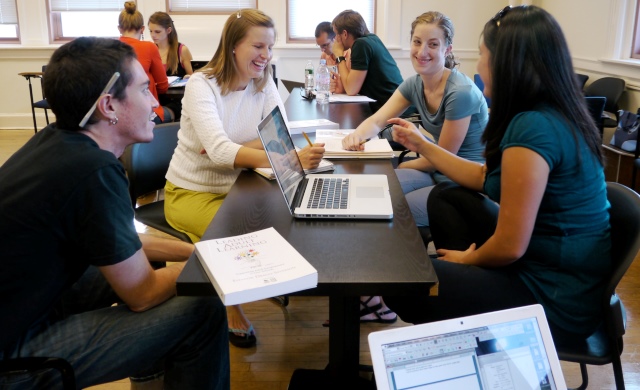More colleges and universities as well as public school districts are using social media monitoring to identify possible safety threats and to better understand the feelings of their students and communities.
The Revere, MA public school system employs social media to monitor for security threats and to gauge public sentiment about school issues. The increasing sophistication of social listening tools and new user-friendly, customizable dashboards are probably speeding up the trend.
“We had a fairly high-profile incident in our town and we were curious to see what the community was saying about it,” Revere School Superintendent Chris Malone told Campus Safety magazine. “So it’s good to try to get a temperature of what people were saying and it gave us feedback on what the community was feeling. It was very helpful information.”
Finding Students who Need Help
Information gathered from social media can help determine if a certain student may need support services. “In some cases we can figure out if social workers should be involved, particularly when we see self-injurious behavior,” Malone says.
Social listening sometimes uncovers students mentioning inappropriate topics, but the school district is only interested in threatening behavior. “Unless we think someone’s significantly in danger or there’s a serious issue, we probably won’t intervene,” he says.
While social media listening sometimes reports some comments that investigators ultimately determine to be innocuous, it can also reveal serious threats.
Five students died in a shooting in Washington State in October 2014. The shooter was a popular football player who was named the homecoming prince the previous week. Classmates described him as a “really nice kid” who was generally happy, Campus Safety notes. However, an examination of his Twitter feed would have revealed an emotionally troubled youth becoming increasingly distraught.
Benefits Higher Education Institutions
In addition to monitoring for safety threats, higher education institutions are using social media listening to
- boost enrollment,
- manage the institution’s reputation and
- improve student life.
Schools can identify comments and questions of students who are researching schools and applying to attend, and then answer questions and communicate with them when appropriate. Measuring the volume and sentiment of conversation can help schools better understand what students are seeking in schools and better tailor their messages to boost applications and enrollment.
Listening to comments of current students can help schools improve their campuses and student life, including campus food services, social activities, athletic events and other services and facilities.
Social media monitoring helped the Universitat Politècnica de València (UPV), one of Spain’s top technical universities, achieve a 93% student satisfaction rate, according to Hootsuite.
In most cases, a social media monitoring service can provide more comprehensive social media coverage at lower cost than a college employing its own personnel. An outsourced service can also adapt readily to changing client needs and an expanding social media environment.
Bottom Line: Public school districts, colleges and universities are finding that social media listening is a valuable tool for identifying potential safety threats. In addition, schools can monitor social media to research sentiment of students, parents and the public. At the secondary level, colleges and universities can increase enrollments and improve campus life.
William J. Comcowich founded and served as CEO of CyberAlert LLC, the predecessor of Glean.info. He is currently serving as Interim CEO and member of the Board of Directors. Glean.info provides customized media monitoring, media measurement and analytics solutions across all types of traditional and social media.





